How to Tell If Your Child Has Narrow, Medium, Wide or Extra Wide Feet – It Takes 2 Simple Steps!
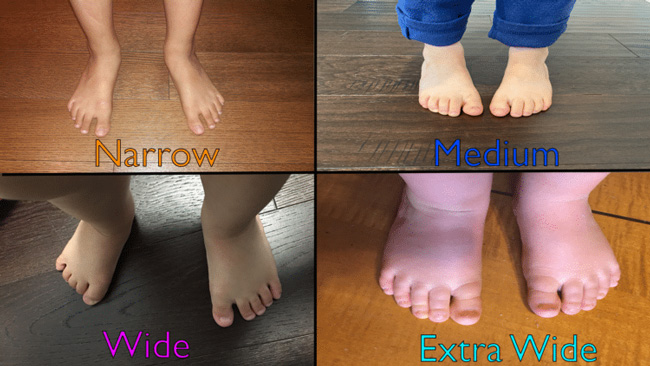
Have you been trying to figure out whether your child has narrow, medium, wide, or extra wide feet? Are you always unsure whether your child is wearing the correct type of shoes in the correct shoe size? Children must wear the correct type of shoes in the correct shoe size to prevent future foot, leg, and lower back pain. I am going to show you how to tell if your child has narrow, medium, wide or extra wide feet based on my many years of shoe fitting experience.
I am always emphasizing to parents that it doesn’t matter how supportive, flexible, lightweight, and durable their kids’ shoes are, if they don’t provide their kids with the correct shoe size —correct shoe length and the correct shoe width— the child won’t get any of the benefits that the shoes have to offer. What’s even worse, you might end up creating several foot issues such as blisters, calluses, and corns.
My Experience Fitting Kids’ Shoes
I have been fitting children’s shoes for many years, and I can tell what foot shape a child has just by looking at their feet. I always recommend parents to take their children to be properly fitted for shoes at their local kids’ shoe store.
How to Tell If Your Child Has Narrow, Medium, Wide or Extra Wide Feet
For me to figure out your child’s exact foot shape, you need to take two images of your child’s feet. If you email me these pictures, I will help determine your child’s foot width and instep height.
1️⃣ Measuring Your Child’s Exact Foot Length:
- Make sure that your child is standing straight, and then place a measuring tape or ruler below your child’s heels. You must measure your child’s feet while standing, as on weight-bearing the foot becomes longer.
- Measure both feet up to the tip of your child’s longest toe (make sure that your child is not curling his/her toes). You must measure both feet since there is always one foot that is bigger than the other. Keep in mind that your child’s longest toe doesn’t necessarily have to be the big toe — it may be the second or even the third toe.
- Make a note of that measurement in centimeters or inches or email me the image showing the measurements (such as you see below) to avoid confusion with the measurements.

We will input your child’s foot measurements in the standard foot measuring tool (Brannock device) to retrieve your child’s exact foot length.
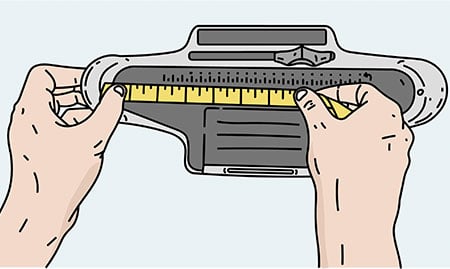
2️⃣ Pictures of Your Child’s Foot Width:
The pictures below will help me determine whether your child has narrow, medium, wide, or extra wide feet. Also, the pictures will help me see whether your child has a high instep and additional information such as whether your child has flat feet or not. Below you can find examples of how the pictures should look like:
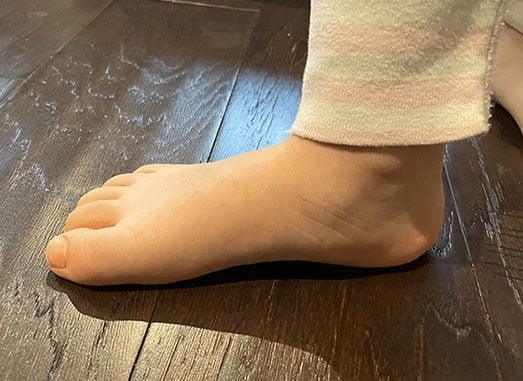
This image helps determine whether your child is flat footed and whether your child has a high instep or not.

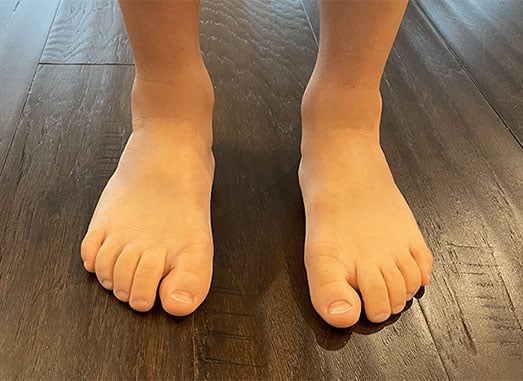
This image helps determine whether your child has narrow, medium, wide, or extra wide feet.
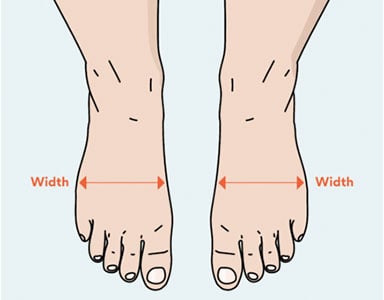
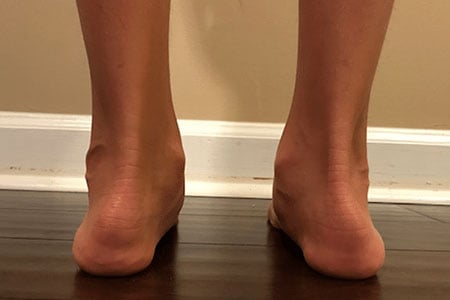
This image helps determine whether your child has rolled ankles or not.
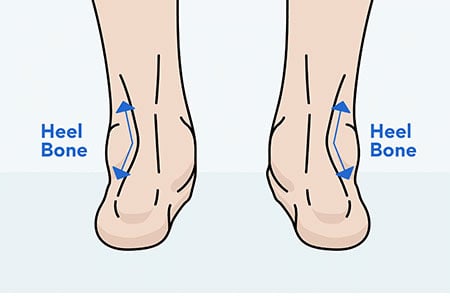
Please note that I won’t need the measurements of your child’s foot width, the images will be sufficient to help me determine whether your child has narrow, medium, wide, or extra wide feet.
Recap – What to Include in Your Email
- Your child’s foot length measurements (or an image of their foot length measurements)
- Three images of your child’s feet (see example images above)
- The country you live in
Feel free to include in your email any additional information I should know about your child’s feet:
You will then receive a response within 24 hours with your child’s exact foot length, shape, and specific shoe recommendations as needed.
How Much Does This Service Cost?
If you wish to support the work of Fitting Children’s Shoes, you can Donate Here Your support helps ensure that families around the world can find the correct shoes for their children, regardless of their foot shape or condition.
One of the most common mistakes that I see parents make is that when their children complain about the shoes feeling tight around the width area they just get them a larger size until the child stops complaining about them. The same applies when a child has narrow feet, parents start trying shorter shoes until there are no more gaps around the heel area of the shoe.
Both of these strategies will lead to foot issues and compromise your child’s stability. Shoes that are too long will make your child more prone to falling and lead to blisters, calluses, and corns from your child’s feet moving too much and rubbing constantly against the shoe. On the other hand, shoes that are too short will lead to the same foot issues as your child’s toes will be cramped inside the shoe and rub against each other.
Most parents end up wasting a lot of time and money buying their kids’ shoes online. It can certainly be a frustrating and time-consuming experience if you don’t know your child’s exact foot size and what shoes to order. However, if you follow my 2 steps, you can feel confident that your child will end up wearing the correct shoe size.

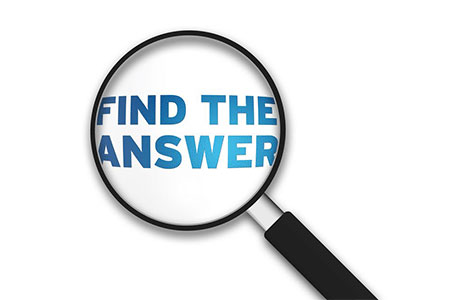

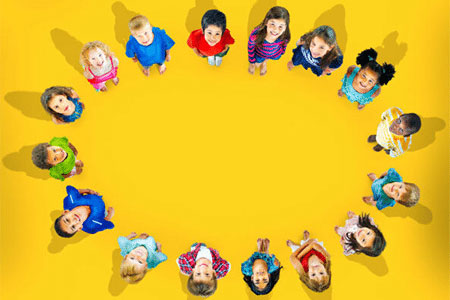
Hello. I paid the $10.00 fee yesterday and I’m not sure how to upload my pictures.
Hello Melody,
Please check your email as I have sent you further instructions.
Can over pronation be cured by orthotics and the correctly supportive shoes, or will he always need these.
Hello Sam,
This depends on how early you intervene. The earlier you intervene, the higher the chances are to improve your son’s foot posture and waking gait.
If you have an older child, the orthotics and shoes can help prevent foot and leg pain, and allow your son to participate in sports and other activities.
Hi! My daughter is 8 and has Autism. She has always worn mary jane shoes. She was recently referred to a PT bc of her right foot turning inward. Her PT suggested a good, stable shoe. She is a 4.5. I plan on using your tool for measuring but i know she has a wide forefoot. I bought a pair of Saucony cohesion shoes. Prior to finding this website. My concern is that since she is already showing a deformity if i need to go on and get her orthotics. The right foot looks super flat and overpronated. She needs something super stable for her heel. I feel terrible. She was just really picky and likes velcro bc she can’t independently put on laced shoes yet. She is also in a size that you can’t find velcro shoes in. Idk what shoes have removable insoles (the saucony conhesions do not) and she is still a girl and likes pretty shoes. We have no shoe shops in our area for her to be fitted. Thank you.
Hello Gloria,
It is frustrating when we don’t actually have a shoe store to take our kids to be properly fitted for shoes. I understand that your daughter prefers Mary jane shoes and she can still wear them, but I will definitely recommend she wears a pair of supportive, stable sneakers for most of the day.
For the record, you always should get the orthotics first before purchasing shoes because the shoes need to accommodate the orthotic not the other way around. Saucony cohesion shoes are great in terms of support, you might have to use a screwdriver to remove the inner sole though.
I would recommend you take her to your physical therapist to be evaluated for orthotics. I don’t know if she has expressed that she has foot or leg pain, but children with flat feet and overpronation normally do.
I can definitely provide you with a selection of velcro shoes (probably 2 or 3 shoe styles) that come in her size and will be supportive enough to fit an orthotic.
But please first find out what orthotic she needs. If I were you I would mention to the PT if they are familiar with CASCADE DAFO orthotics since I have fitted those before and they make a huge difference. I hope this helps and please folow up with me.
Hi Juan
Where are you? Id love to come and see you. My daughter is 5 years old and she has long narrow flat feet. However she has a bump on the top of her foot from me, due to having extremely high arches and also a pinkie toe that hasn’t quite turned out so become sore on her shoe. She has just started school and we got “fitted” at a rebel sports store but after just 6 weeks she has very sore feet. It was an asicis – can you help? we live on the Sunshine Coast,qld but happy to drive to Brisbane if you recommend anyone. Ive read your posts and I am trying to decide between the new balance or sacouny
Hello Rachel,
The children’s shoe store I used to work in is called Shoe Train and is located in Potomac, Maryland. I am not there anymore but the staff is great and some of them have 25+ years of experience. I am not familiar with any good children’s shoe store in your area.
Did you try shoelaces or velcro? Keep in mind that shoelaces will provide more support and stability and also fit the shape of her narrow feet much better than velcro.
When it comes to dealing with her pinky toe there are certain orthotics that might help her specially if you put a toe rise, since it will help spread her toes more evenly.
Where does her feet actually hurt? This will allow me to identify if the shoe is not supportive enough, or if it’s hurting on the top of her feet the shoe might not be deep enough which means that the top part of her foot is being pressured by the shoe. Let me know so I can give you better advise!